Scientific Poultry Production: A Unique Encyclopaedia
Poultry farming changed from backyard hobby to business enterprise and Veterinarians need to know more about poultry science to augment the growth of the industry. By the time Second Revised Edition was published during 1998, poultry industry and poultry science education had witnessed rapid strides of progress. Since then, then progress has further intensified; broiler and layer industries are growing at an estimated rate of 10 and 15%, respectively. There has been an attitude change in poultry farming especially in developed countries with welfare and environmental concerns coming to the fore. In about 5-6 years, the member countries of European Union will be completely replacing the conventional cages; even alternatives for one of the most common farm practices, beak-trimming, is being thought of. The spread of Avian influenza has added an altogether different dimension to the disease control, biosecurity and basic farm technologies. Feeding poultry has entered into a new area of enzymes, performance enhancers and other means of maximizing returns. Newer poultry product have made poultry meat, as has been till now, the most popular meat throughout the world. Development in the field of biotechnology is likely to offer opportunities for both basic research as well as application in practical breeding; the latter has become a necessity because conventional selection processes are no more able to produce the desired/expected responses. The Veterinary Council of India is in the process of revising the undergraduate Veternary syllabus. Notwithstanding the fact that two courses (instead of one earlier) are proposed, it appears inadequate. Further, it is surprising that an industry which contributes 1.2% of GDP of the country, already employing 2,000 Veterinarians and likely to continue employing a tenth of that every year, has not been properly recognized; for instance, the VCI does not stipulate that the Department of Poultry Science should be an independent Department in Veterinary Colleges!
Get it now and save 10%
BECOME A MEMBER

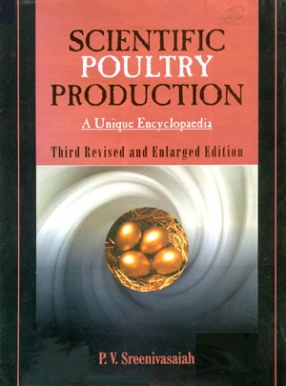
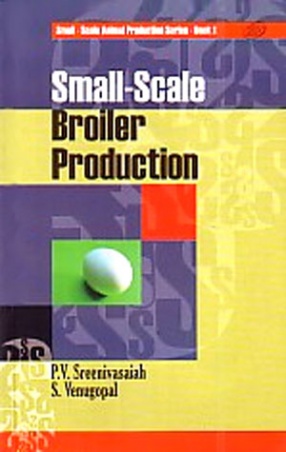
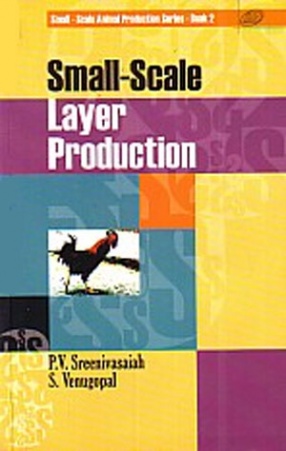
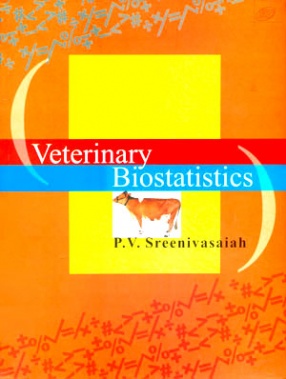

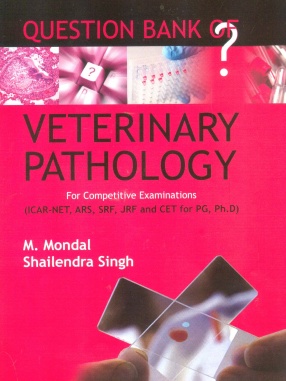
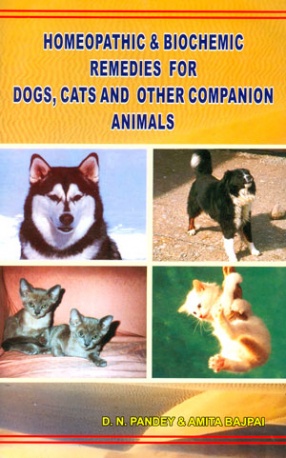
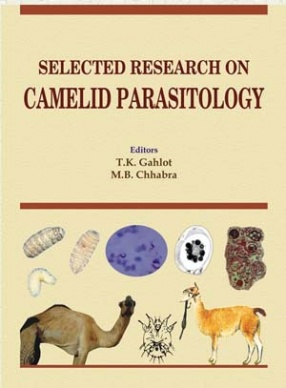

Bibliographic information